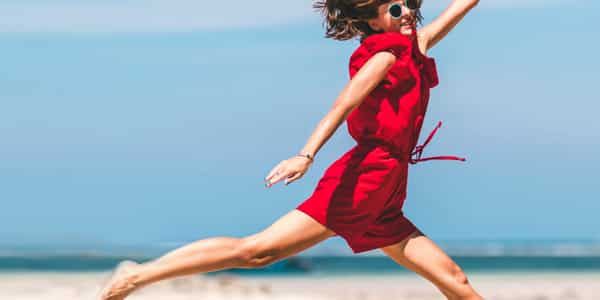Adolescent Bracing

About Adolescent Scoliosis Bracing
Scoliosis bracing is a treatment approach which may be used for adolescents with idiopathic scoliosis.
Adolescent Idiopathic Scoliosis (AIS) is a scoliosis that affects children or adolescents from the age of 10 into young adulthood. Typically it is noticed around 11 to 12 years of age in girls, and a little later in boys, and often begins to develop at the initial onset of puberty, and can progress rapidly during periods of growth.
For adolescents with scoliosis, bracing is a proactive measure, usually recommended for curves, typically between 25-40 degrees. The goal of early intervention, with bracing, aims to control the progression of the curve/s, over periods of rapid growth, aiming to halt progression and where possible correct the curve. It may also aim to improve posture and body aesthetics, help with pain and potentially reduce the need for surgery.
Research has shown strong evidence to the value of brace treatment for those adolescents at high risk of progression or surgery. Evidence from the BrAIST study* established the effectiveness of bracing as early, non-operative care. 72% of brace wearers avoided surgical recommendations. There was also a significant positive association between hours of brace wear and rate of treatment success.
*Weinstein S, Dolan L, Wright J, and Dobbs M. Effects of Bracing in Adolescents with Idiopathic Scoliosis.N Engl J Med 2013; 369:1512-1521 DOI: 10.1056/NEJMoa1307337
Bracing Treatment
Adolescents are typically prescribed a specific wearing schedule for brace wear, and consistent adherence to this protocol is crucial to getting the best results possible. A brace can be prescribed for full or part-time wear, depending on the patient’s individual case and the severity of their scoliosis.
Time out of the brace can be taken for participation in sport and other healthy activities.
Bracing may also be combined with scoliosis specific rehabilitation, for example ScoliBalance®. In adolescent patients , scoliosis specific exercises focus on improving posture, managing pain and helping to stabilise the spine. They may also complement brace wear, and help maintain the correction achieved with bracing.
Using a structured light scanner that attaches to an iPad, the BraceScan software allows our clinicians to capture full 3D body scans of a patient in any position.
These 3D scans, digital X-rays, posture photos and other clinical information are then used to design a custom over-corrective brace which aims to harnesses spinal coupling, not 3 point pressure, and create a better position of the three-dimensional posture of the body.
This approach means that no two braces are the same, just as no two curves are the same.
ScoliCare’s approach to scoliosis treatment is to ensure each curve is accurately assessed from the outset and to recommend appropriate treatment options, tailored to each patient. To see if bracing might be a suitable treatment approach for you or a loved one, contact us for an assessment.
The brace may generally be used for adolescent patients with curves between 25 to 60 Cobb angle, although specific indications will vary according to the patient’s age, curve type, flexibility and degree.
Some common goals of adolescent brace treatment are curve management and potential reduction, improving posture and the overall appearance of the body, and improving function and pain.
Contact Us if you have questions about our bracing system for adolescents or to see if bracing might be a suitable treatment approach.
Success Stories
from our Clinics
We’d like to thank our patients for their permission to use their images and results in our case studies. These studies are not to be reproduced without written permission from ScoliCare.

